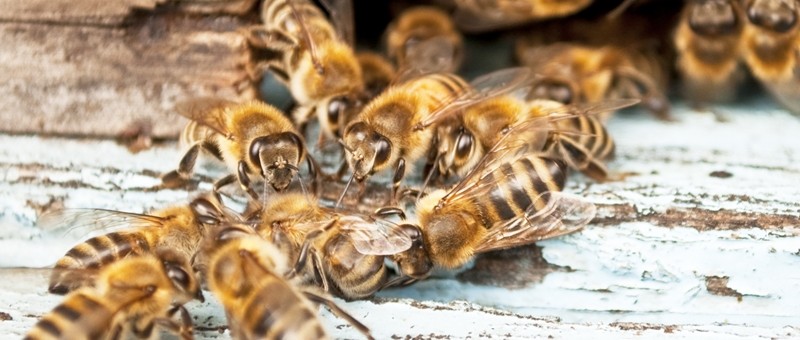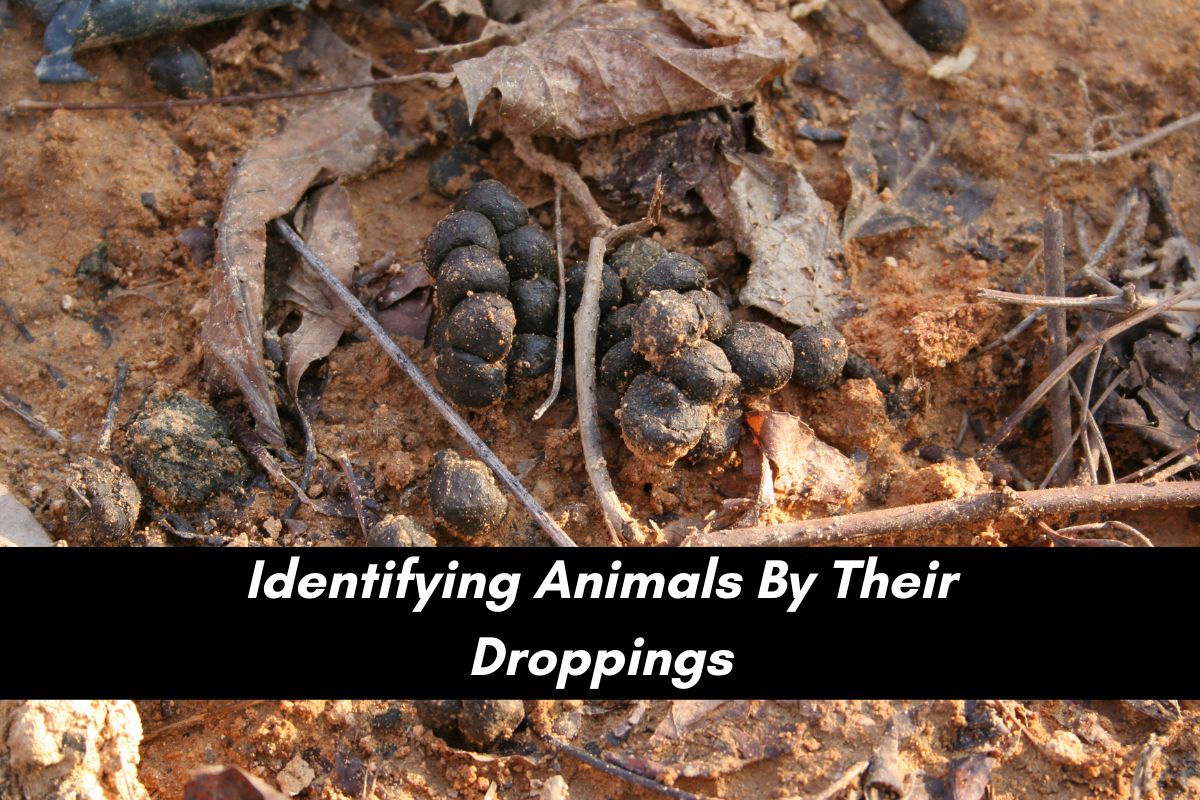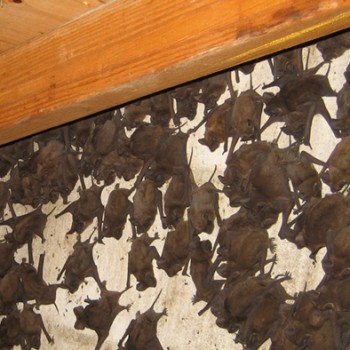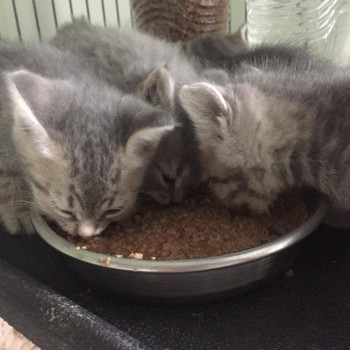
Don’t Get Stung! Avoiding Bee, Wasp and Hornet Stings This Summer
- Posted by AdminBW
- On June 5, 2015
- 0 Comments
Nothing ruins a playtime in the back yard faster than getting stung by an insect. Once the injury has been addressed (we recommend ice cream as part of the treatment plan), as a homeowner, you may wonder—how can you keep that from happening again?
In the Raleigh, Cary and Durham areas, we see an increase in bees, wasp and hornets in April through September—just when everyone wants to be outside most. While each of these insects contributes to the ecosystem by pollinating plants and eating other insects, they also can bring pain or even occasionally serious consequences.
Bees, Wasps and Hornets In the Triangle
They all sting—at least the females of the species do, so why does it matter knowing how insects like bees and wasps are different? The number of times they can sting and their degree of aggressiveness can mean the difference between experiencing one unfortunate sting and being attacked by a swarm of insects and stung multiple times.
In this area, we tend to see three types of bees: carpenter bees, bumblebees and honeybees. Carpenter bees are usually the first ones of the season, emerging in April and May. Large, black and yellow, these bees not only sting, they are also destructive—they use their strong jaws to dig tunnels into wood, particularly on wooden decks and houses.
Bumblebees look similar to carpenter bees, but are not very aggressive. They tend to sting only when provoked, however, they can sting repeatedly.
Honeybees are more slender than carpenter bees or bumblebees, but have a similar yellow and black stripes. The honeybee is the only type of bee that dies when it stings a person. Because it cannot remove its barbed stinger from the person’s skin, the bee’s abdomen is ruptured in the stinging process.
Wasps and hornets—which are a subset of wasps—both have hairless bodies, but have different coloring: wasps have black and yellow rings, while hornets have black and white rings. Hornets are also larger. Yellow jackets, which are often referred to as bees, are in the wasp family. Wasps and hornets are more aggressive as they gather food and protect their nest.
Tips to Avoid Getting Stung
- Avoid wearing bright colored clothing or perfume outside—insects may mistake you for a flower.
- Wear shoes outside, especially when walking through vegetation, to avoid stepping on an insect or on a grounded nest.
- If a stinging insect lands on you, don’t swat it away. Try to remain calm and it will leave on its own.
- Avoid bringing sweet foods or drinks outside—these will attract insects.
- If you notice numerous insects flying to a certain area, avoid that area because it may contain the nest.
Do You Have a Bee, Wasp or Hornet Nest Too Close to Home?
It’s not uncommon to see stinging insects outside your house, especially if you have flowers blooming in the yard. But if you see numerous bees, wasps or hornets near or inside your house, they may have built a nest nearby.
Many of these insects are social creatures and can create colonies that contain 50 – 60,000 fellow insects. Bees, wasps, hornets prefer to create their homes in attics, walls, and trees. They set up nests in small holes and burrows near fruit and flowers—their preferred sources for food.
Removing a nest of stinging insects can be a complicated and dangerous process—although very few people are allergic to insect venom, multiple stings can cause mild to major reactions.
If you do find a nest, it is vital to remove the entire structure at once—instead of just capturing one insect at a time, because that captured insect will be quickly replaced.
The safest way to rid your home or yard of a hornet or wasp nest or a beehive is to call in experts like Critter Control of the Triangle. We have the equipment and knowledge to remove the insects and their home, and make sure they don’t come back.
If you’re bothered by what’s buzzing around your house this summer, call Critter Control of the Triangle in Raleigh, NC at 919-382-0651 today.











